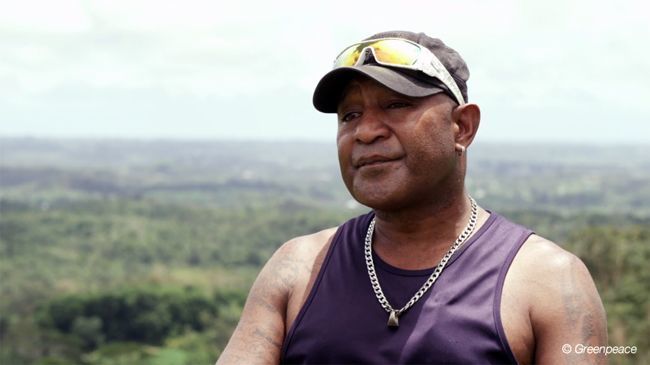

Today, we’re releasing five new video testimonials from Pacific tuna fishermen detailing the horrible conditions they’ve worked under. The interviews—conducted in a South Pacific port earlier this year—reveal incidents of abuse, inadequate or nonexistent pay, food and sleep deprivation, and even murder.

As investigation after investigation after investigation continue to expose the poor state of the fishing industry, it’s becoming more clear than ever that American consumers can’t trust the seafood they feed their families. In the case of these particular fisherman, the horrific human rights abuses at sea are directly connected to the tuna industry, confirming that tuna companies have major work to do in order to clean up their supply chains and win back the trust of consumers.
Watch These Stories of Abuse at Sea
Trigger warning: these videos contain descriptions of violence that may be disturbing to some viewers.
Fishermen are often subject to bullying or intimidation for speaking up, meaning the harrowing stories captured below are hard to come by.
These videos were shot in a South Pacific port earlier this year. Three of the videos feature current or recent tuna fishermen from Indonesia, whose identities have been masked for their protection. The other videos feature an unmasked fishermen from Fiji, who details abuse from his time on a tuna boat ten years ago, revealing just how long these issues have been prevalent in the industry. Many of the men our team spoke to would not go on camera for fear of retribution against themselves or their family.
These are the stories that major tuna companies want to hide. Don’t let them. Click here to tweet at some of the U.S.’s largest tuna brands.
“If the people above you are hitting you, then we are not being treated as humans, but more like animals.”
https://youtu.be/_K0mVc5da20
expand=1]
“It was about one and a half years we worked for nothing. No salary at all.”
[youtube https://youtu.be/XXV0PaGFfH8
expand=1]

 233k
233k  41k
41k  Subscribe
Subscribe 